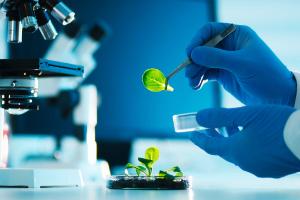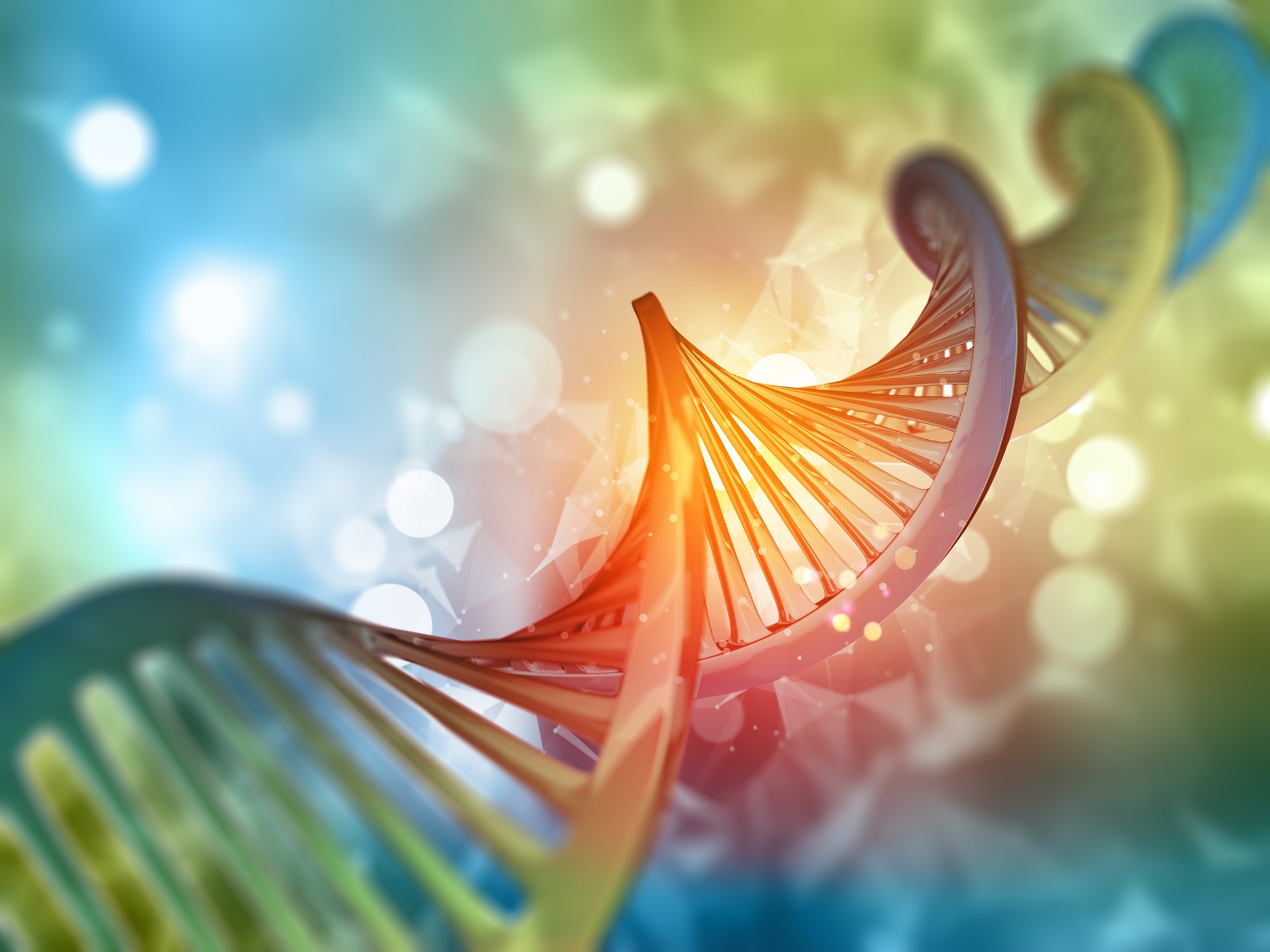Palmer Lab | Andrew Palmer, Ph.D.
 Over the past three decades, understanding of molecular mechanisms mediating the interaction of plants with their symbionts, pests and pathogens has greatly expanded. This knowledge encompasses the complex relationships between plants, microbes, invertebrates, and vertebrates throughout all ecosystems. Research in plant-biotic interactions translates into applications such as sustainably increased crop yields from plants that better ward off disease, extract nutrients from their environments, and thrive during extreme environmental conditions.
Over the past three decades, understanding of molecular mechanisms mediating the interaction of plants with their symbionts, pests and pathogens has greatly expanded. This knowledge encompasses the complex relationships between plants, microbes, invertebrates, and vertebrates throughout all ecosystems. Research in plant-biotic interactions translates into applications such as sustainably increased crop yields from plants that better ward off disease, extract nutrients from their environments, and thrive during extreme environmental conditions.
Eavesdropping on bacterial 'conversations'
Numerous species of bacteria coordinate their behaviors based on population density, a phenomenon known as quorum sensing (QS). QS behaviors include antibiotic resistance, the production of biofilm 'plaques', and the production of virulence factors that can digest the tissues of prospective host organisms. Not surprisingly, plants and animals have evolved to detect the signals that modulate QS. Using a plant Arabidopsis thaliana and an algae Chlamydomonas reinhardtii as hosts, we are investigating these detection and response pathways.
Cell wall fragment-based signaling
The production of reactive oxygen species like hydrogen peroxide can oxidize phenolics associated with the cell walls of plants to active signaling molecules in a process known as semagenesis. Semagenesis may have substantial roles in plant growth, defense, and interorganismal communication. Combining elements of biology and chemistry we have begun to monitor these reactions in real-time at the sites on plant tissues where they occur. We are also mapping the molecular response network associated with these signals.
Inducible competition in plants
Plants display distinct growth responses not only to the presence of different species, but also to members of the same and different subspecies. Such complex social behaviors enhance our appreciation of the complexity of plants and is crucial to understanding the interplay between resource competition and plant growth. By bringing together elements of molecular biology, analytical chemistry, and confocal microscopy we are elucidating this complex plant-plant signaling event.
Astrobiology
As crewed space exploration extends further from Earth, the continuous shipment of goods will become prohibitively expensive and failed shipments may have lethal consequences. One approach for limiting both initial as well as sustained mission costs is through the implementation of strict in situ resource utilization (ISRU) requirements. ISRU focuses on the extraction and exploitation of existing resources at the colony site. With NASA’s 2040 Mars deadline on the horizon, ISRU research will deliver sustainable, economically viable solutions for these future colonists and a blueprint for future manned ventures into the cosmos.


 Give to Florida Tech
Give to Florida Tech 